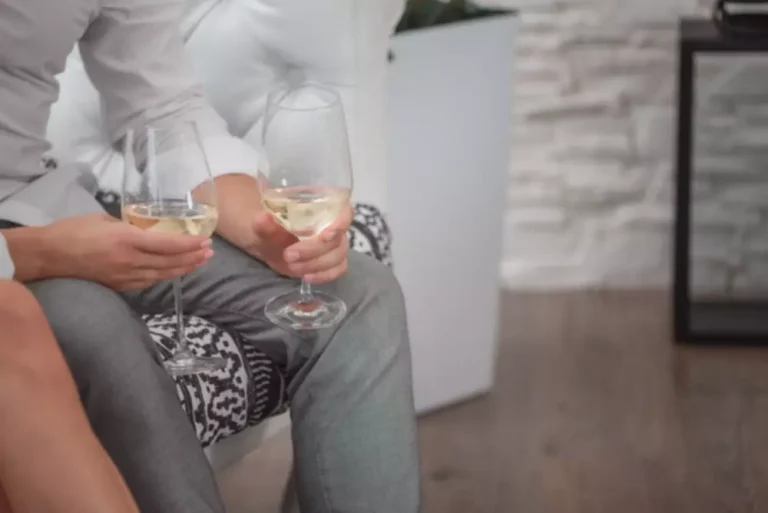
An efficient layout is more effectively heated and cooled to save on energy over time. Plus, a right-sized (versus oversized) home saves on building materials and energy upfront. Layouts should also be designed to last, with universal design principles in mind, to avoid major renovations down the line. An eco-friendly home goes far beyond the design, location, and building materials you use – you also need to consider the appliances you use. When drafting your sustainable house design blueprint, taking energy efficiency into account can make a huge difference to the building’s impact on the environment.
Add greenery inside your home

The traditional incandescent light bulbs use more energy and generate more carob dioxide emissions, making them very inefficient. Replacing them with LED bulbs will save you money on your electricity bill and help reduce your carbon footprint. A green roof is a living roof partially or entirely covered with vegetation. This offers numerous benefits, including reducing heating and cooling costs by providing natural insulation, improving air quality, and reducing stormwater runoff.
Single-Strand Macrame Cord

This not only helps with cutting back on spending but also reduces waste production. “The production, processing, and consumption of commodities requires the extraction and use of natural resources (wood, ore, fossil fuels, and water),” Robbins wrote. Every time you buy new clothing, you’re contributing to the release of environmental toxins and, if you’re into fast fashion, a ton of easily-avoidable waste.
Use low energy consumption appliances
- Many roofs, such as metal roofs, are designed to make solar panel installation easy.
- Many strategies exist for reducing carbon emissions and leading a more eco-friendly lifestyle.
There are plenty of opportunities to make sustainable, eco-conscious choices in remodeling projects, too. However, new, efficient windows make less of an impact if the rest of the home isn’t insulated, and the same is true for energy-efficient HVAC choices. This principle ensures the whole house is sealed so that climate control isn’t wasted by air leaking out of or into the home. Today, there are numerous opportunities—large and small, natural and technology-based—for making greener choices. Mary Homa, vice president and design consultant at P.E.A. Builders, a company specializing in sustainable building, shares five overarching design principles of green architecture.

As environmental consciousness grows, so does the number of bike-sharing programs, electric cars, carpooling opportunities, public transportation networks, and ride-sharing services. By investing in these options, we can make tangible progress toward creating a more sustainable future for ourselves and our planet. Believe it or not, almost 90 percent of the energy a washing machine uses goes how to make your home more environmentally friendly toward heating water, according to Energy Star. By using the cold water setting on your washing machine, you can eliminate up to 1,600 pounds of carbon dioxide emissions per year.
- If you don’t feel like pulling every lamp and charger out of the outlet when you leave the house, use a power strip instead—it’ll leave you with just a single thing to unplug.
- “Think superior exterior wall systems, efficient windows, and lots of insulation,” says Homa.
- There are types of organic Epoxy flooring, formulated with organic resins and natural marble that contain zero solvents.
- Incredibly sanitary and cost-effective, bidets are an excellent choice for many people.
- There are both open and closed-loop systems, but these essentially work in the same way by bringing the heat energy stored in the soil or groundwater to your home via these tubes.
- Ultimately, though, it really makes a lot of sense to make the switch.
Whenever you notice that there is a recycled option available to buy, it’s worth purchasing it. Not only can you buy recycled paper, but you can also buy recycled technology like mobiles, gaming consoles, even recondition stairlifts from thyssenkrupp. Don’t waste your kitchen scraps and leftover food – turn them into compost. You would be surprised how much of the food that you currently throw away can be recycled and turned into compost. Simply place a compost bin in your garden and fill it with any food waste. I recently read some articles on how to run an eco-friendly household.


Αφήστε μια απάντηση